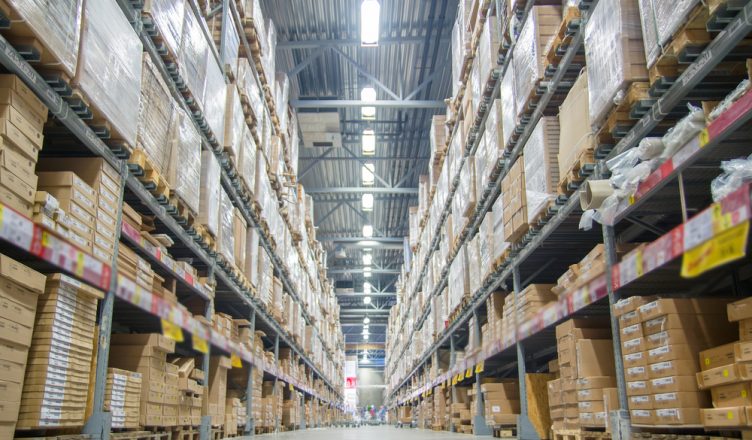Routes are like icebergs.
When people think of the word “iceberg”, they picture the shiny part that sticks out of the water. But most of the iceberg is actually under the surface, out of sight and out of mind.
Similarly, when people think of the word “route”, they picture what drivers do when they’re on the road. There’s much more to route planning than that, though.
Long before a driver leaves the depot, dispatchers have to account for many variables in order to anticipate delays and keep everyone on schedule.
We often focus on GPS tracking, route optimization, and other tools that help drivers out when they’re in the process of completing a route. Today, we’d like to focus on a more behind-the-scenes aspect of route planning: load distribution.
Why Does Load Distribution Matter?
So, if route mapping software can give your driver an optimized route that’s 100% accurate, isn’t that all they need to be productive?
Not quite. You need to worry about load distribution, too.
A thoughtlessly arranged load can really slow your driver down, regardless of how efficient their route is.
Think about it: if your driver starts with a full load and the package they’re delivering first was packed first, it’s going to be all the way in the back. It’ll be behind a bunch of other packages. Your driver will need to take out most of their load just to get to the item and complete their first stop.
Such a delay would make your driver late to their next stop, which would probably make them late to the stop after that, too. This domino effect can mess up the whole route. Your driver will end up being late to several stops, and you’ll end up with some angry customers. This is why you must take care to arrange your loads in the optimal order.
Want To See For Yourself How Route4Me Can Boost Your Profits?

How Do I Improve Load Distribution?
Of course, arranging all your loads in the optimal order is easier said than done.
In a warehouse setting, there are many moving parts at play when it comes to loading items into vehicles. Warehouse managers, loaders, and dispatchers need to work together to understand the driver’s route in advance. If you have autonomous forklifts in your warehouse, that makes things even more complicated, as one glitch in the system can upend the whole process.
Route scheduling software makes it much easier to coordinate all this. After you input a map of your warehouse and details about your inventory, the program will provide your warehouse operators with the best possible pick-and-pack routes.
Route optimization software can do for human workers and robots in the warehouse what it does for drivers on the road. Basically, it’ll show you the most efficient way to do things, so you don’t need to put in the time and effort it would take to figure things out yourself.
Also, when you figure things out yourself, you risk getting things wrong. Delicate items and mixed loads can make load distribution quite difficult. You might accidentally exceed the weight limit for a vehicle, or you might put a fragile item in a position to be crushed.
Why deal with this complex problem by yourself? Route planning software ensures that items are packed into vehicles in the optimal order (without exceeding any restrictions), and it will help you distribute items across your vehicles evenly. That way, you won’t give any of your drivers too much or too little to do.
Route planning software offers other features as well. For example, it can connect with your autonomous forklifts. This allows you to set avoidance zones in your delivery route planner such as Route4Me route planner that will stop your forklifts from going where they’re not supposed to go.
Do you have any questions about optimized loading? Let us know in the comments section below.
Want To See For Yourself How Route4Me Can Boost Your Profits?








